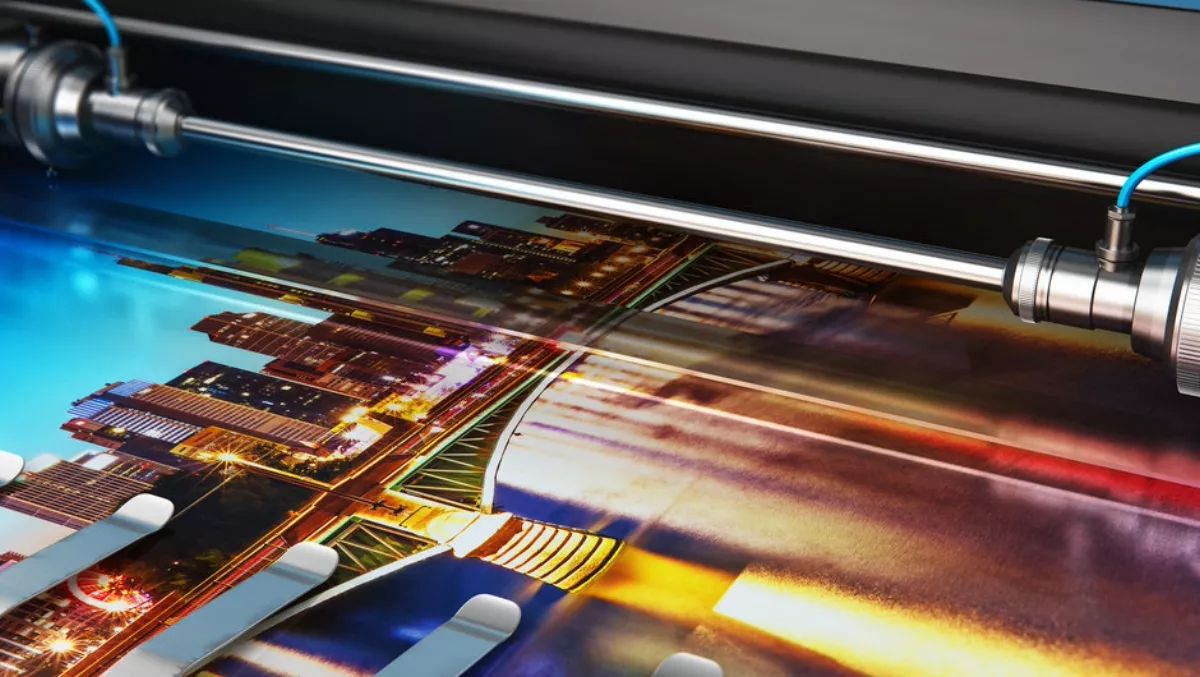
How to integrate printing services into DX
Businesses need to tread carefully when allocating resources and efforts towards digital transformation (DX), particularly with a limited budget and many new tools to consider.
"DX initiatives often aim to reduce costs, improve productivity and add functionality. It's important not to overlook the print, scan and copy environment, which can contribute significantly to DX initiatives," comments Y Soft ANZ managing director Adam O'Neill.
By reviewing the current print services environment, businesses can get an idea of how to plan and implement cost-saving initiatives, as well as how to make DX easier for employees.
"To uncover the potential for DX in document workflows and print environments organisations should look for flexible and adaptable solutions to help them on their DX journey," says O'Neill.
Y Soft has identified six ways printing solutions can help contribute to the DX journey:
1. Workflows. Digitising paper-based processes with a user-friendly automated scan workflow solution will transform workflows, taking old, paper-based processes into the digital world. By capturing, processing, and automatically storing documents electronically, business can also improve quality and consistency, and easily retrieve, edit, and audit documents.
This also reduces paper waste, document storage space and costs. According to a recent IDC survey, 65% of workers stated that adopting digital workflows saved them time, increased productivity, and reduced errors.
2. Reporting. With the correct insights from the print environment, organisations can drive meaningful transformation. With clear and user-friendly customisable reports, organisations can identify under-utilised print devices, examine the use of colour printing, and identify printing irregularities, all of which can save money. This ongoing insight into user print services activity across the organisation can be used for continuous improvement.
3. Authentication. Authenticate to print eliminates forgotten or wasted print jobs, in addition to preventing sensitive documents left in the output tray, and enforces secure access to devices that can integrate with other corporate systems.
4. Pull-printing. MFDs can enable secure, pull-printing from any printer in the print environment. By removing location-based restrictions on printing, an employee can send a print job and print it out anywhere in the world on the business's print network without burdening IT with help desk tickets related to print drivers and printer access.
5. Mobile printing. Supporting flexibility and the rise in employees who use mobile devices, mobile printing can increase productivity and reduce lost time. Employees can quickly, seamlessly, and securely print from any device to any networked printer easily.
6. Rule-based printing. By applying and enforcing organisational print governance, organisations can benefit from predefined rules such as limiting colour prints, enforcing double-sided printing, or routing a large print job to a more efficient printer.


